It is indeed an irony that Donald Trump, as the president of the most powerful country in the world and aspiring to receive the Nobel Peace Prize, wants to revive nuclear testing merely because he feels that few other nations are doing so. For all these years the United States has been chiding those states that have interests in nuclear weapon development.
Does it not undermine the very confidence of Washington, which for decades has seen itself as the global policeman? Or, has Trump realised that leaders like Vladimir Putin and Xi Jinping no longer care about his stature and are determined to chart their own course? Perhaps he has understood that the US is no longer able to dictate terms to Russia and China and that its global leadership is fast losing its sheen.
Today, President Trump wants to destroy the global nuclear arms control and disarmament structures, which were shaped some decades back by his predecessors with a significant amount of scientific and diplomatic efforts. Is restarting nuclear testing indicative of the reality that the technological and strategic superiority of the US is no longer self-assured? Is the global power equilibrium no longer tilted in favour of the US?
Possibly, all this makes him more anxious, and hence, he may be trying to use the nuclear route to uphold the power edge. Or has he understood that using ‘tariffs’ as a tool will not help him in the long run to maintain their economic supremacy and therefore wants to revive the Cold War-era model of an arms race that once served as a symbol of US dominance?
During his recent trip to Asia, Trump met his Chinese counterpart, Xi, for a trade negotiation session in Busan, South Korea, on October 30, 2025. While en route to this meeting aboard his Marine One helicopter, Trump made a surprise announcement that he had directed the US military to immediately restart nuclear weapons testing.
Impact Shorts
More ShortsIn the last 33 years, the US agencies have not tested any nuclear weapons. Initially, some believed this statement was a tactical move intended to unsettle the Chinese ahead of the talks.
However, Trump has since repeated this claim several times, even asserting that since China, Russia, North Korea, and Pakistan are conducting secret underground tests, the US must also resume testing. It appears that the US is getting a feeling that they are losing their so-called nuclear supremacy.
It is also important not to forget the events between 25 and 30 October 2025. Russian President Putin declared on October 26 that Russia had successfully tested the Burevestnik nuclear-powered cruise missile, having a range of more than 14,000 km. Two days later, on October 28, Putin claimed that the Poseidon, a nuclear-powered underwater drone with a range exceeding 9,650 km, had also been successfully tested. Both these systems were first unveiled in 2018 as part of Russia’s next-generation strategic arsenal. These tests may not have come as a surprise to Trump, but these Russian tests must certainly have provoked him.
Some time back the Pentagon gave the White House the green light to provide Ukraine with long-range Tomahawk missiles. However, Trump is not keen to do so. Still, it appears that Russia is not ready to cool down. Possibly, Russia is trying to incite Trump. On November 4, 2025, Putin gave state awards to the developers of the Burevestnik cruise missile and the Poseidon underwater torpedo. So, is Trump getting caught in the Russian trap?
At present, nine countries are known to possess nuclear weapons. Although the exact numbers of weapons differ across sources, broad estimates provide a general picture of the global nuclear stockpiles.
At present, Russia has the highest number of total warheads, amounting to more than 4000 (could be a maximum of 5500), and the US has between 3500 and 4000 warheads (could be a maximum of 5100). China has around 600, and India and Pakistan have between 170 and 180, and North Korea could have about 50 nuclear warheads. As per the theoretical estimates, one nuclear weapon blasted over a populous city could amount to killing around 6 lakhs of people.
The last US nuclear test was in 1992, and China conducted its last test in 1996, with North Korea being the most recent nation to test in 2017. Some argue that existing nuclear weapons are ‘old’ and require testing. However, this is a complex issue with differing viewpoints and technical considerations. One possibility is that to ensure the reliability and safety of existing nuclear weapons, especially with their ageing components, scientists could be arguing for the necessity of new testing.
Over the past three decades, technologies have advanced significantly, and now we have warhead designs which are more sophisticated with more precise delivery systems. Advocates of renewed testing argue that some fresh underground tests would allow states to validate and integrate these improvements, reshaping existing arsenals into a more modern mix of warheads and delivery systems.
Conversely, critics say full-scale nuclear testing is unnecessary. They argue that modernisation can be achieved by testing individual weapon components and missile subsystems, supplemented by simulations and dummy tests. They push for the use of artificial intelligence and advanced modelling as a substitute for actual testing.
The National Nuclear Security Administration (NNSA), the US agency that oversees nuclear weapons security, maintenance, and stockpile aspects, has continually made it clear that the US does not need new tests.
It is important to understand that the role of nuclear weapons even today is not as a weapon for use, but as a weapon to deter. So even if nuclear stockpiles are of an older vintage, their primary role remains political and psychological. Even in their old form they can deter aggression since any potential adversary understands that the costs of attacking would be unbearable.
Today, the available nuclear weapons with various states are old, but other structures required to maintain an effective deterrence posture are modernising very fast. From command-and-control units to various weapon delivery platforms like aircraft, missiles and submarines, they are continuously getting upgraded.
With the entry of hypersonic weapons and new missile defence systems, the potency of deterrence is increasing. Trump has already conceptualised the Golden Dome project, which would be a proposed multi-layer defence system for the US from any missile threat. Against this backdrop, it is not conceivable that the US requires a restart of nuclear testing.
The US officials are indicating that the planned nuclear tests will be ‘noncritical’ and will not feature any nuclear explosions for now. Such tests examine the safety, reliability, and performance of weapons without producing a nuclear explosion; they typically focus on delivery systems or individual components like mechanical triggers, conventional explosive lenses, electronics, and firing mechanisms. They may include subcritical experiments, which use fissile material but do not produce a sustained chain reaction.
All these efforts are expected to be largely laboratory-based. There could be major support for computer simulations that model warhead behaviour. The aim would be to validate new designs and check for replacements of any components. In all possibility, the US could have undertaken this job without making any official announcement. But Trump has gone public, clearly indicating that he wants to raise the nuclear ante.
It appears that Trump is keen to reassert his country’s military edge. He needs to realise that modern-day deterrence today is increasingly multi-domain. The contemporary deterrence triad is not about nuclear alone, but there are cyber and space elements also associated with it. During Trump 1.0, he already established a separate vertical for space, and over the years, the US Space Force has shown considerable progress.
Unfortunately, Trump 2.0 has seen significant budget cuts across several key US scientific institutions like Nasa, the National Oceanic and Atmospheric Administration (Noaa), various basic science organisations, and even the health sector. Trump must recognise that nuclear weapons alone cannot sustain America’s image of strength and global leadership.
The US already possesses a credible nuclear deterrence mechanism. Tampering with the testing framework risks ‘letting the genie out of the bottle’ and could trigger a new wave of nuclear proliferation and encourage other nations to resume testing. If his vision is truly to ‘Make America Great Again’, the path lies not in reviving Cold War-era politicking, but in reinvesting in science, technology, and innovation — the very forces that have historically advanced both US power and human progress.
(The author is Deputy Director General, MP-IDSA, New Delhi. The views expressed in the above piece are personal and solely those of the author. They do not necessarily reflect Firstpost’s views.)


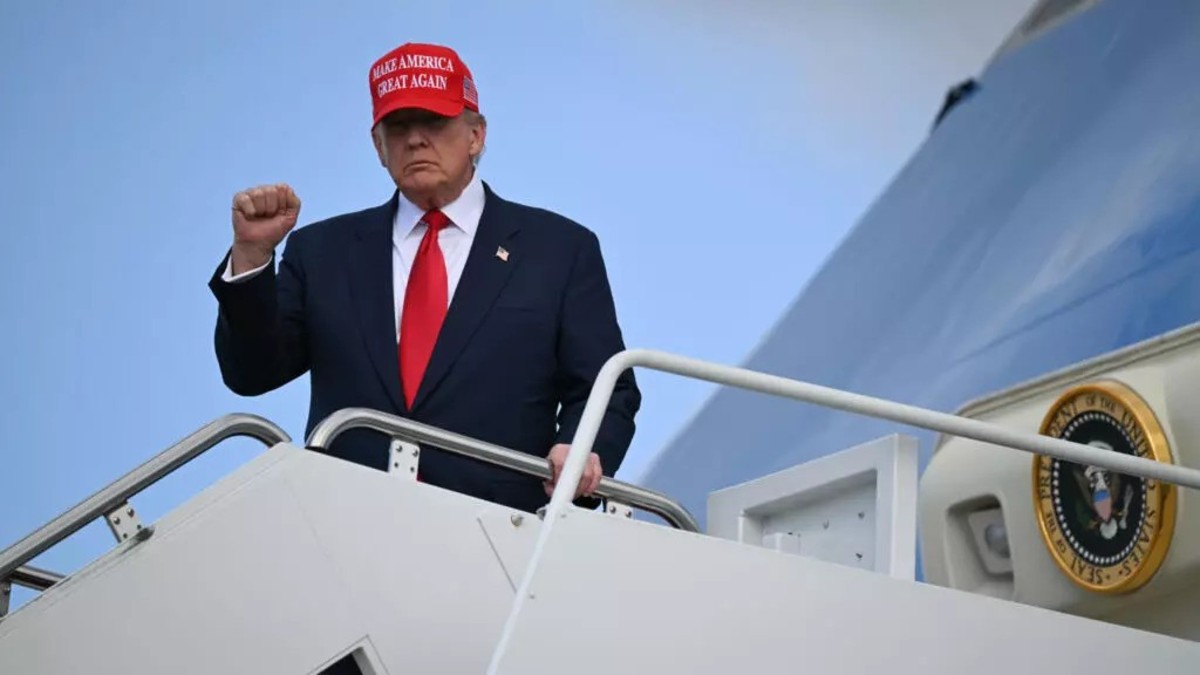)
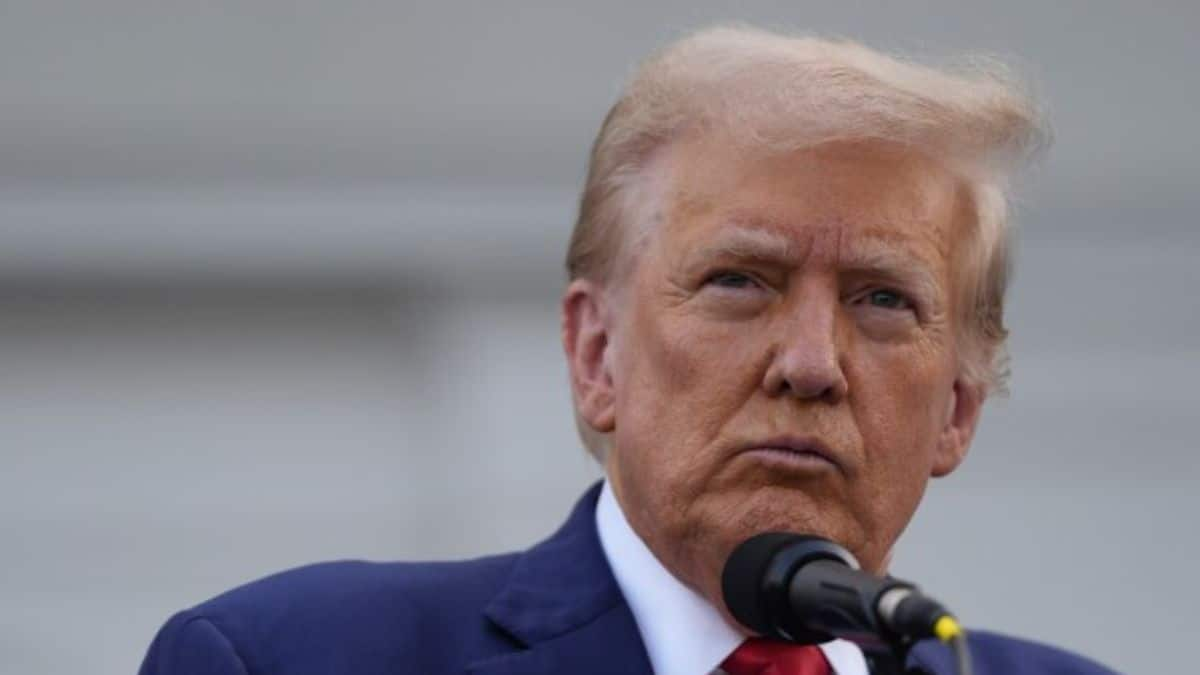
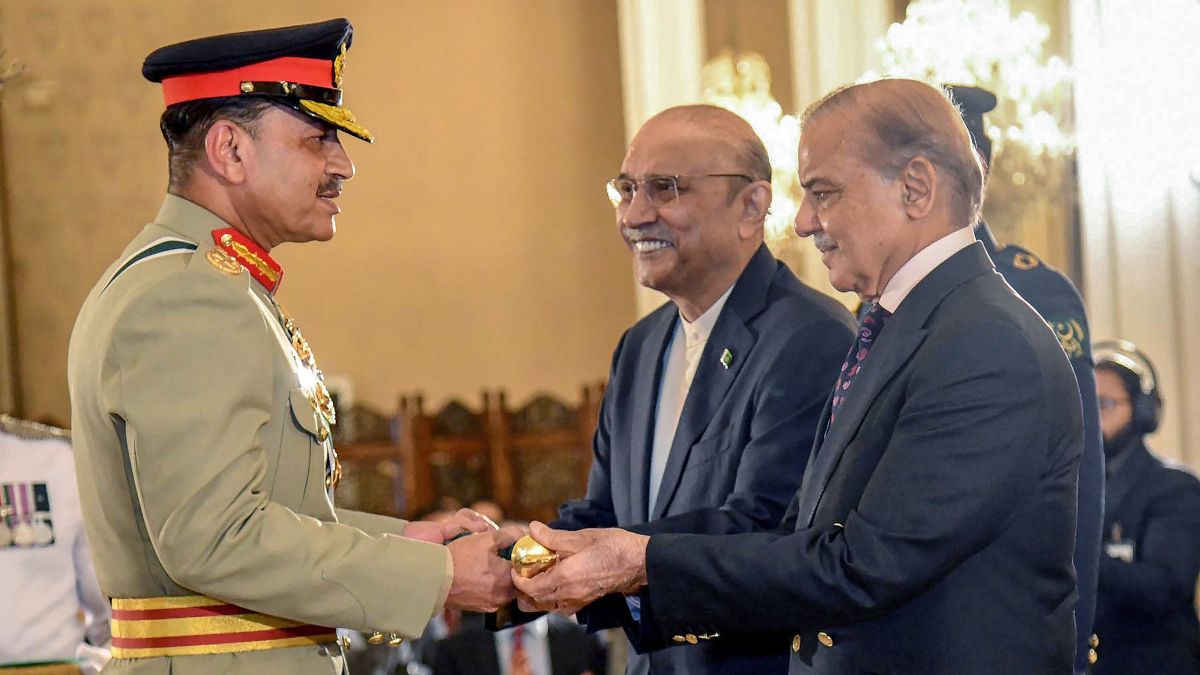)
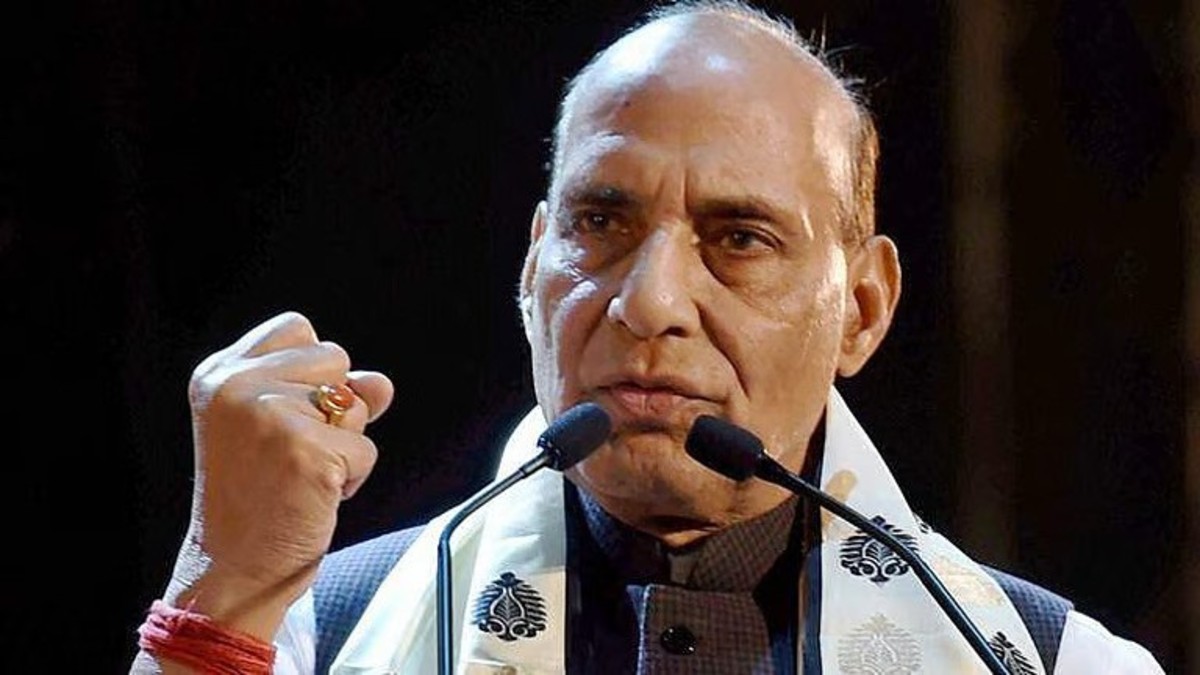)
)
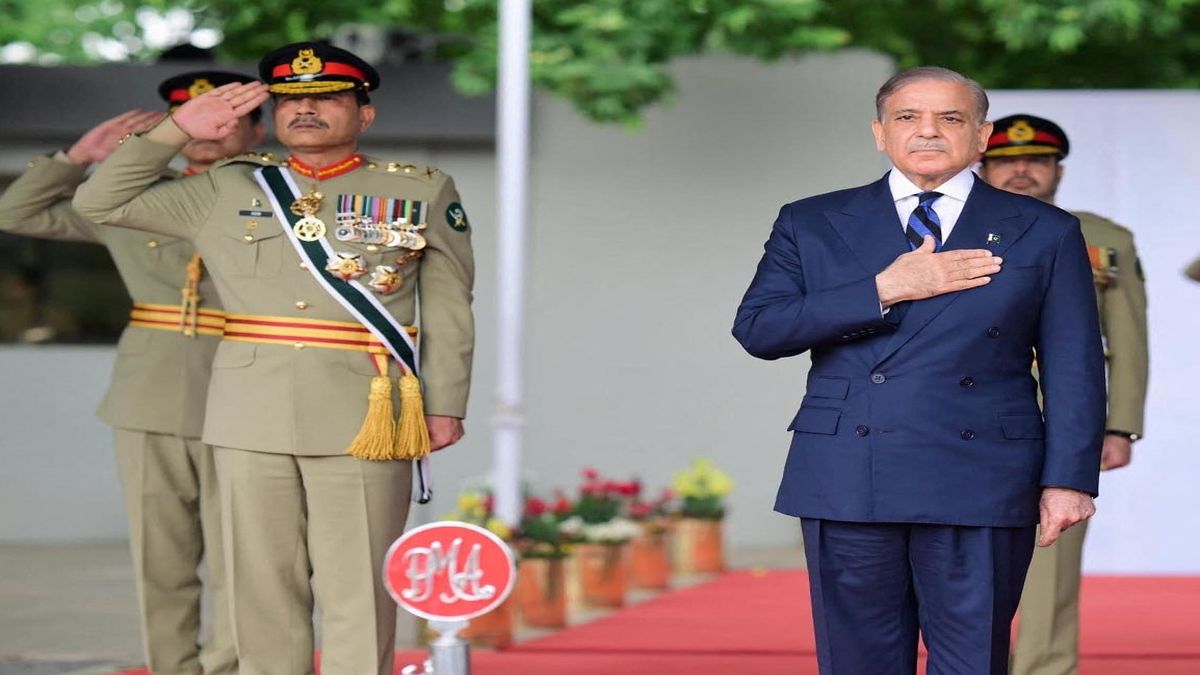)
)
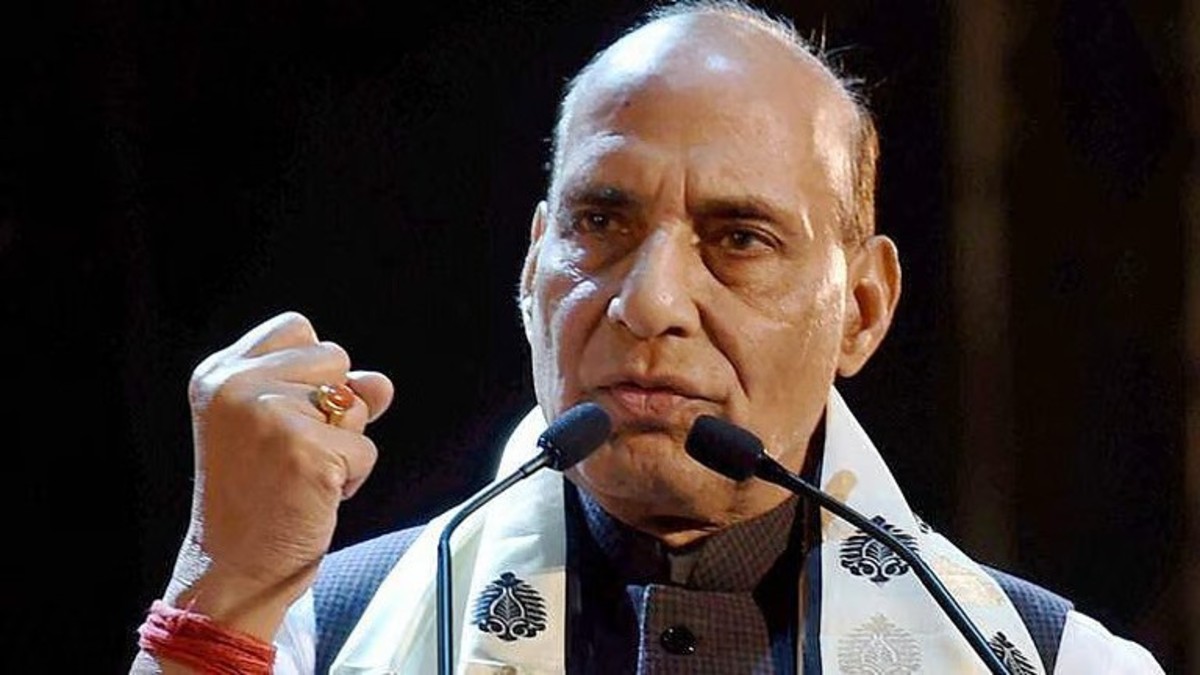)
)
)



